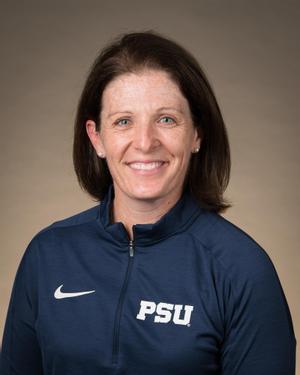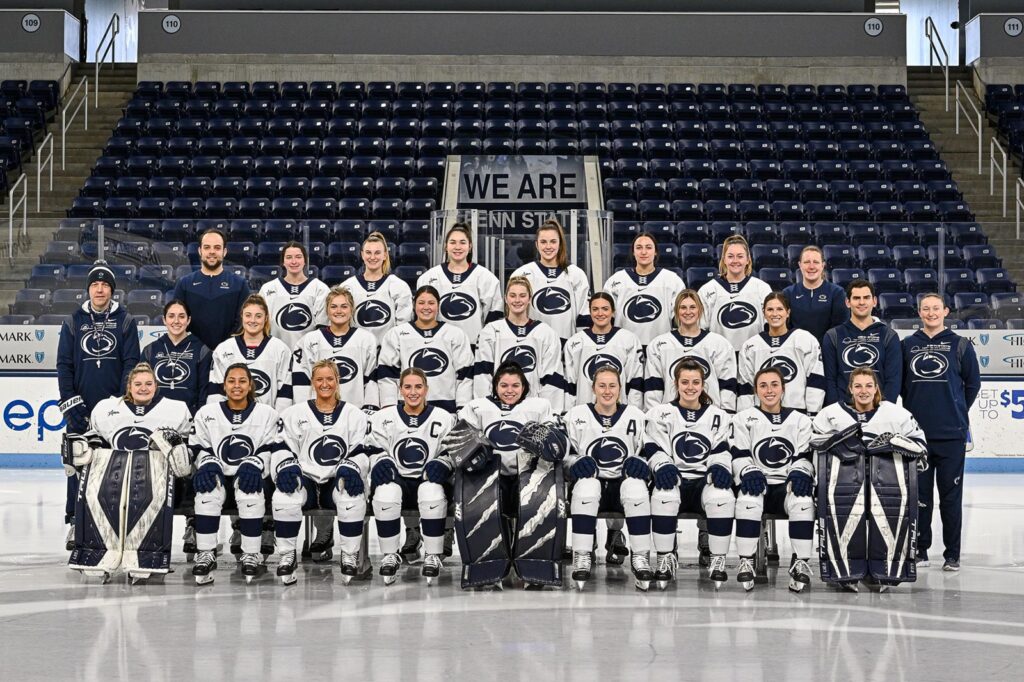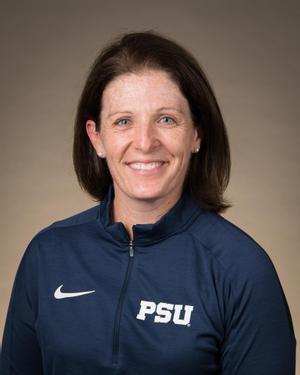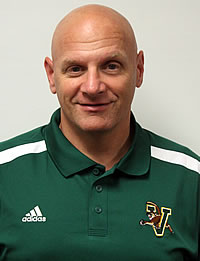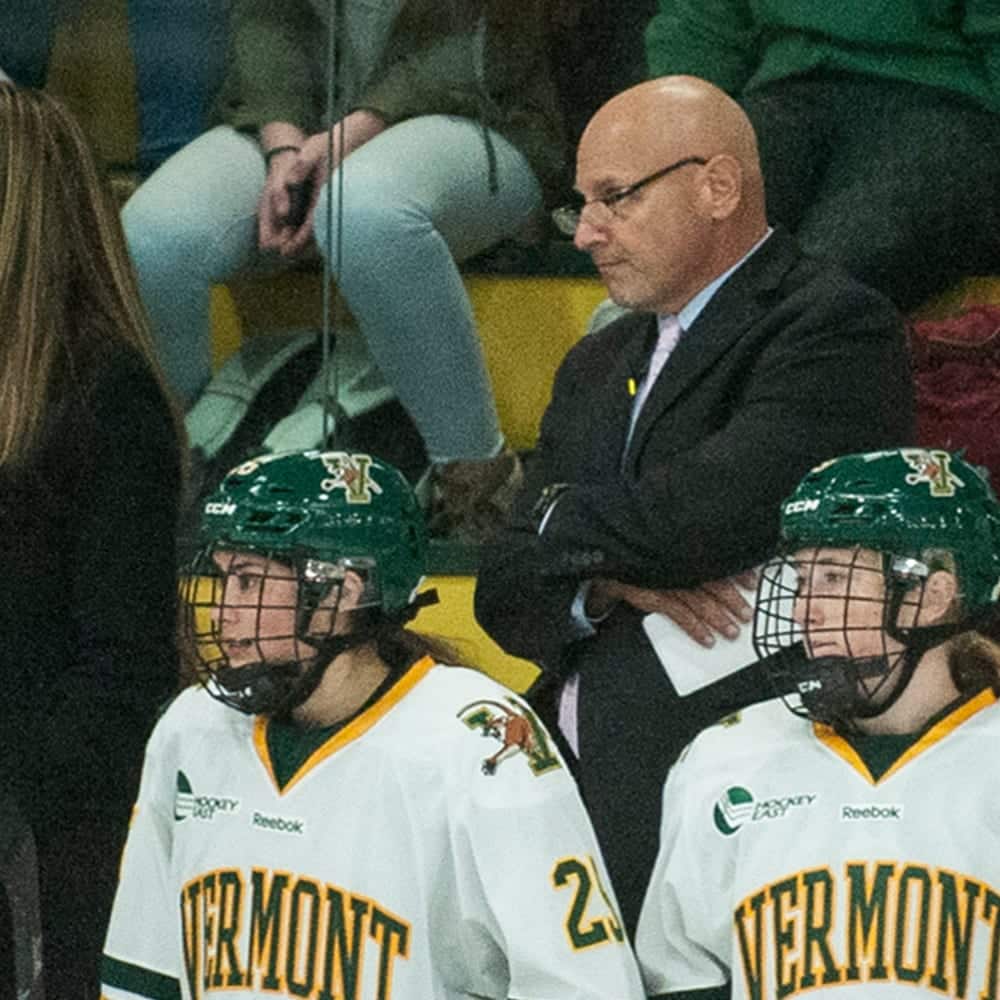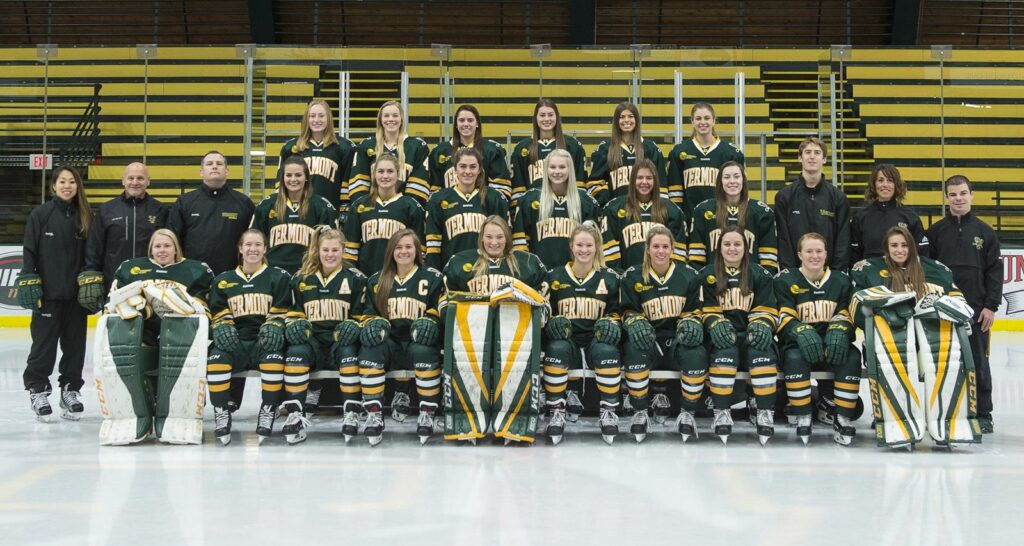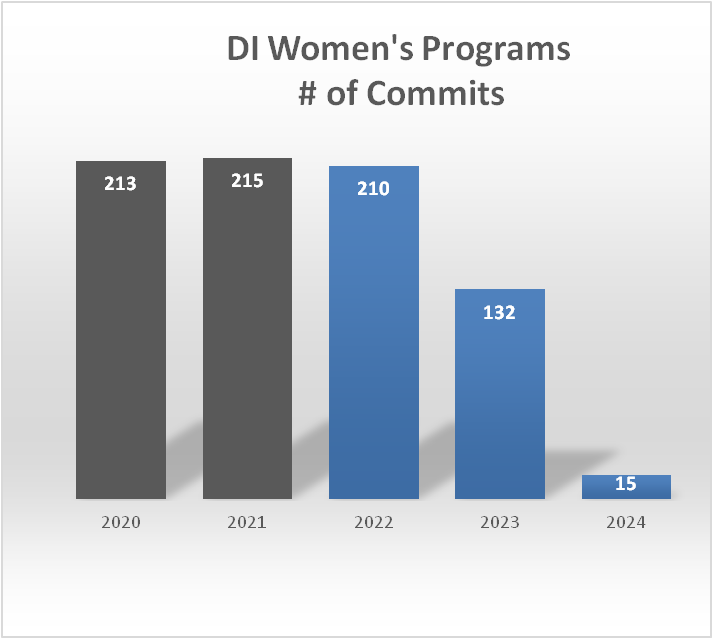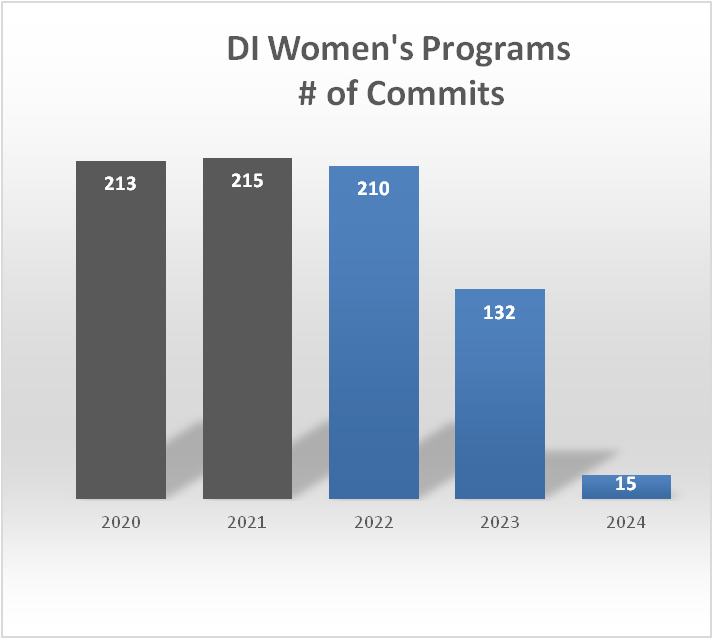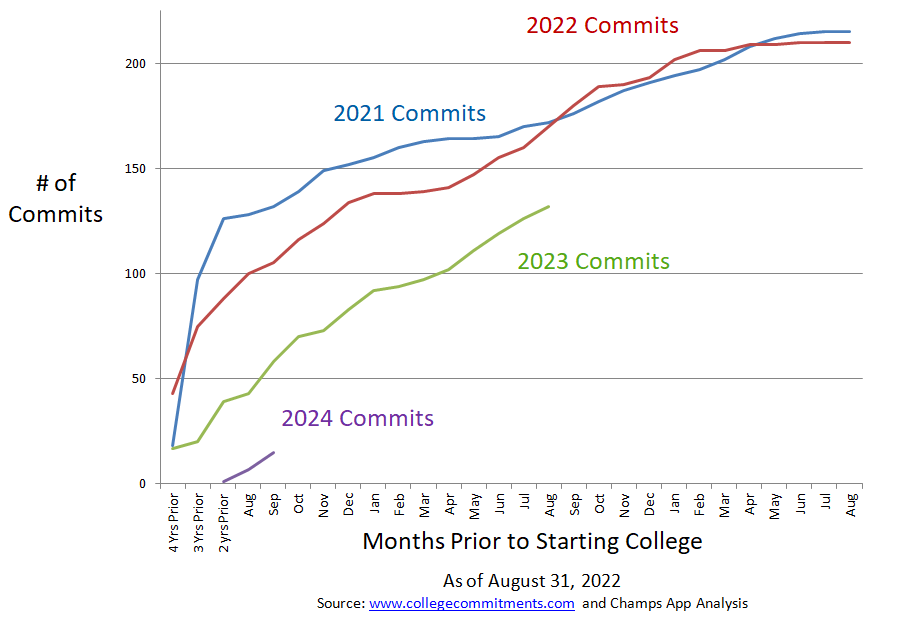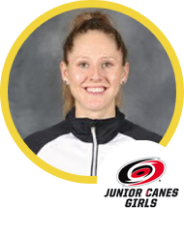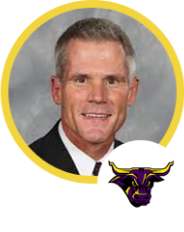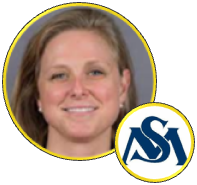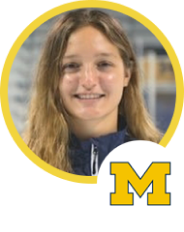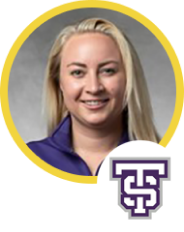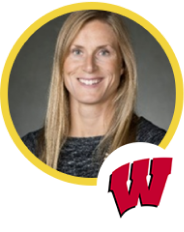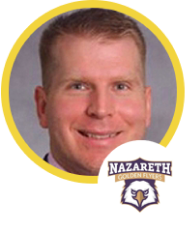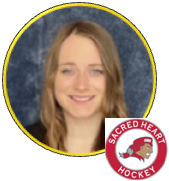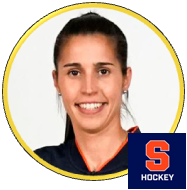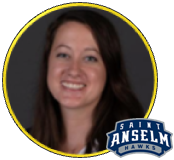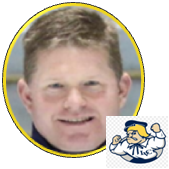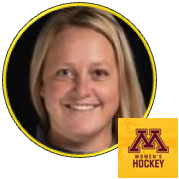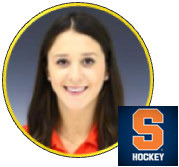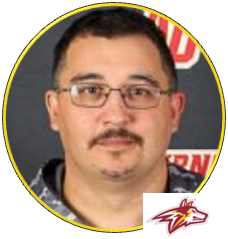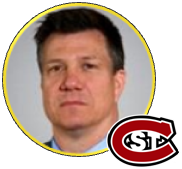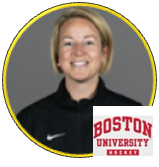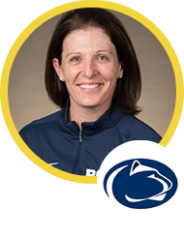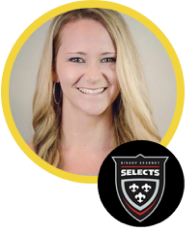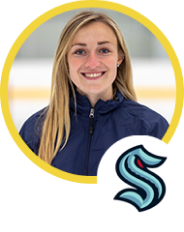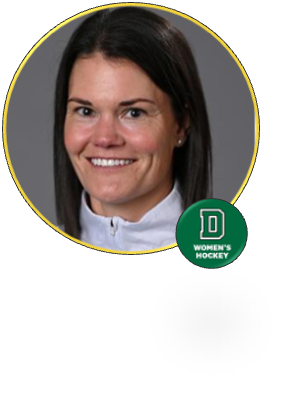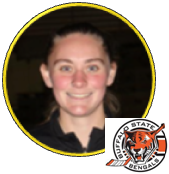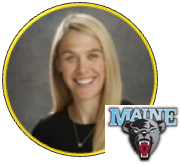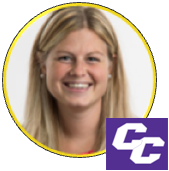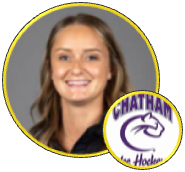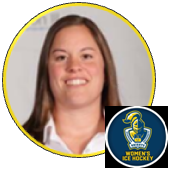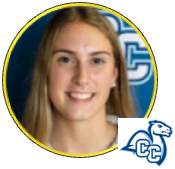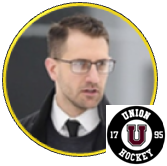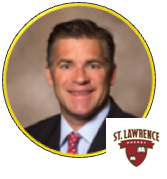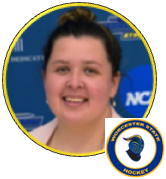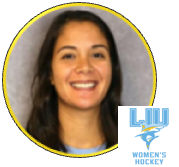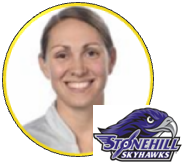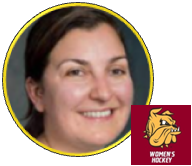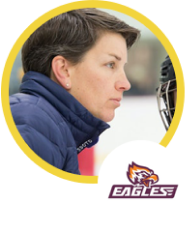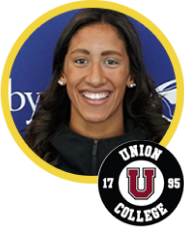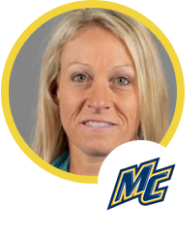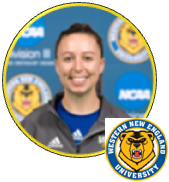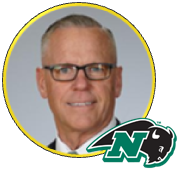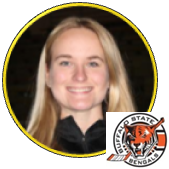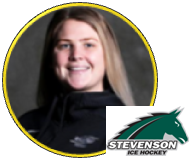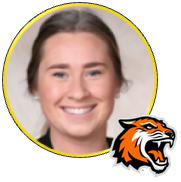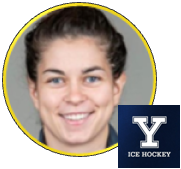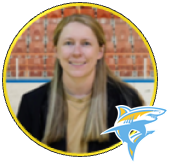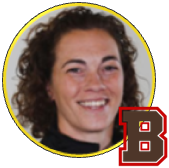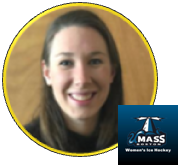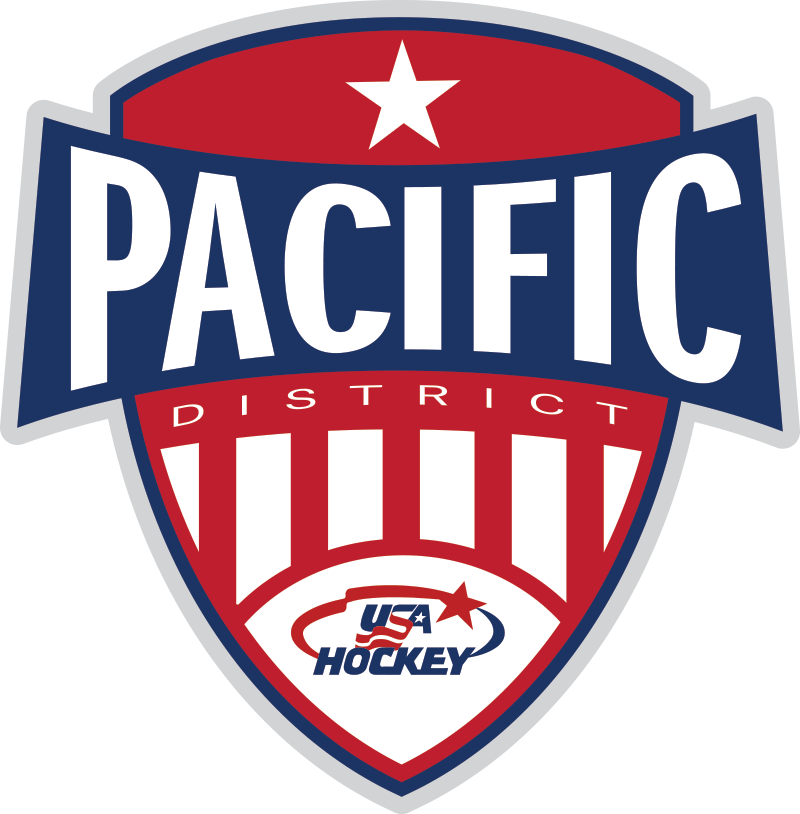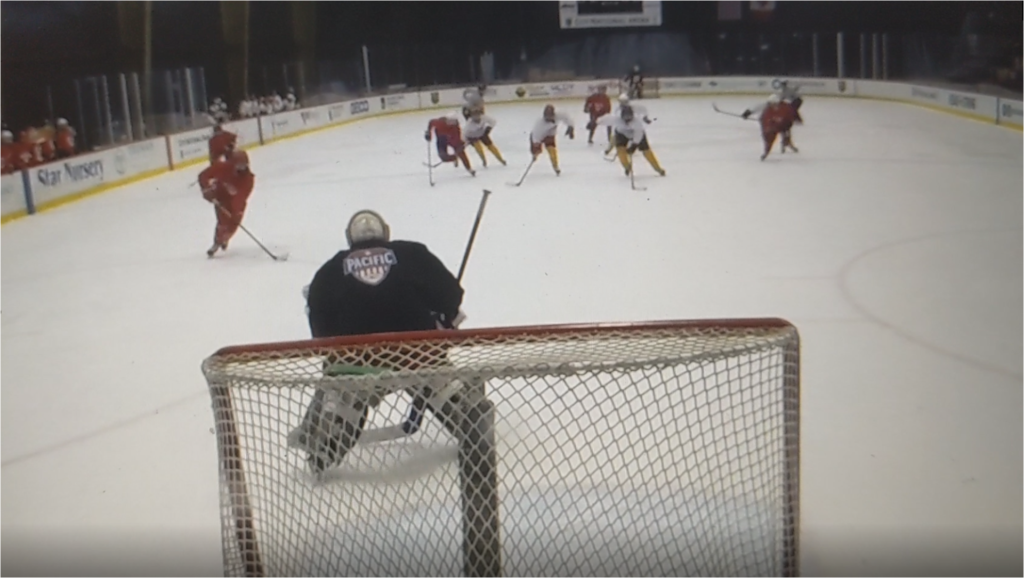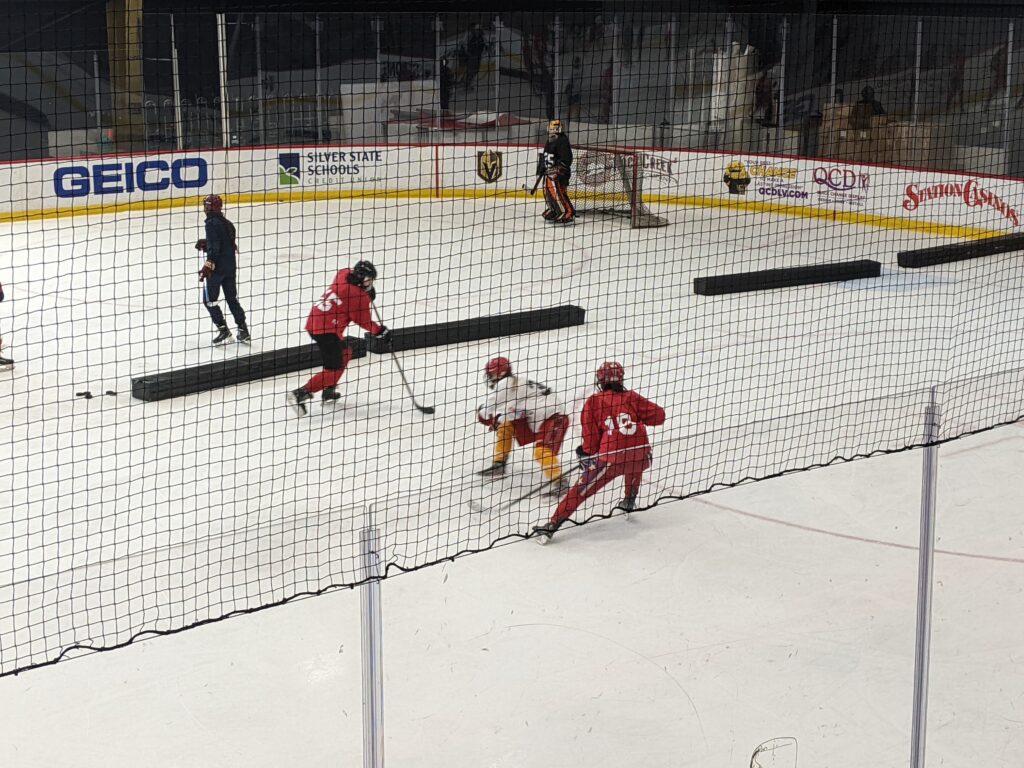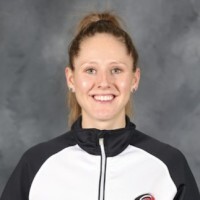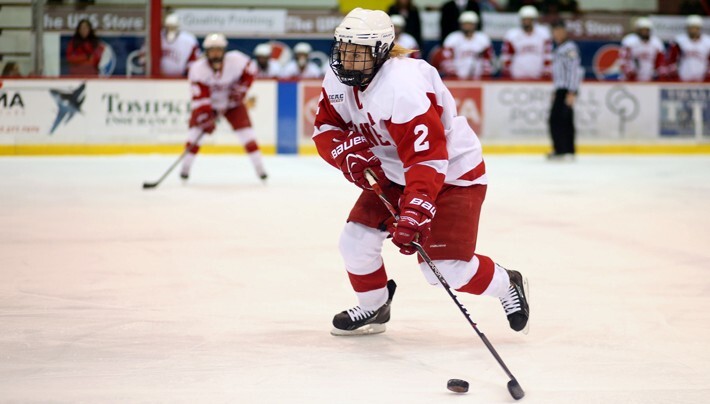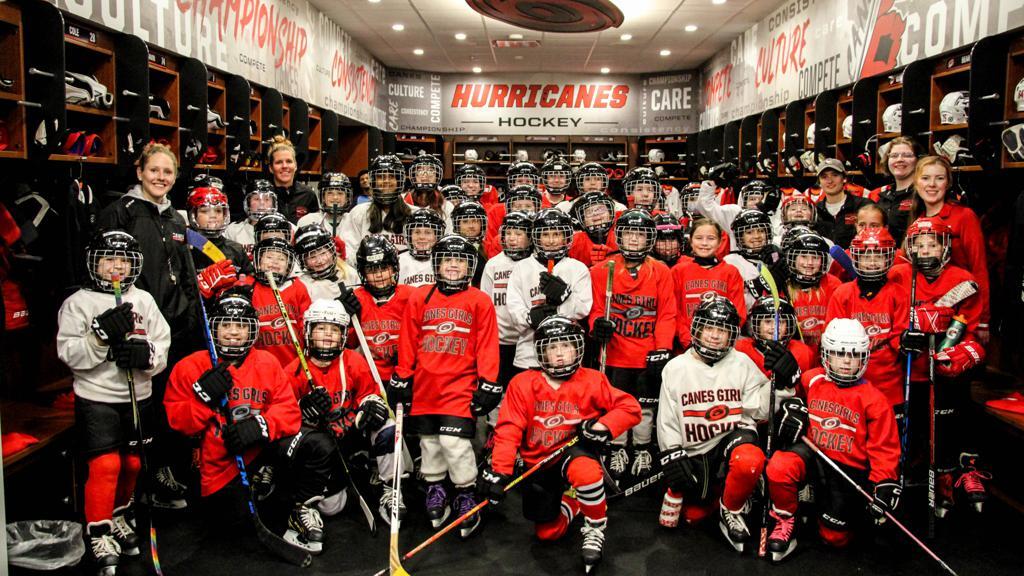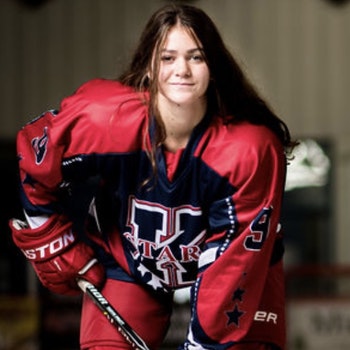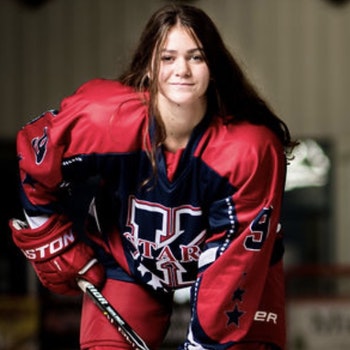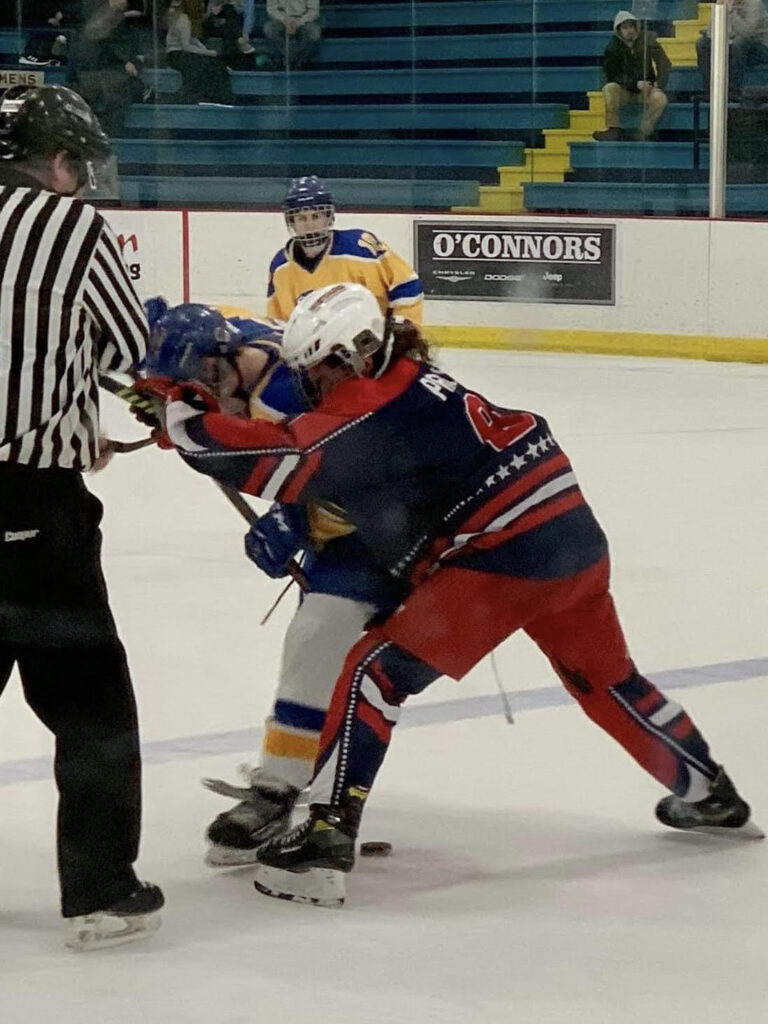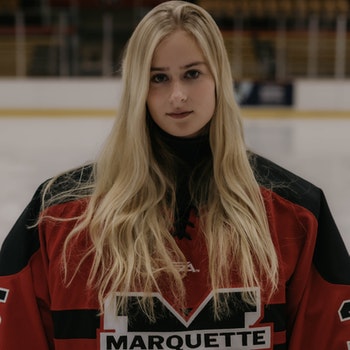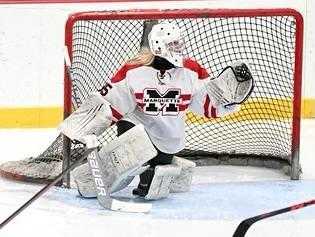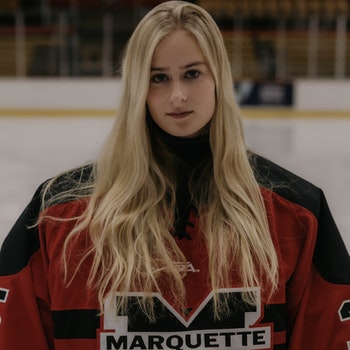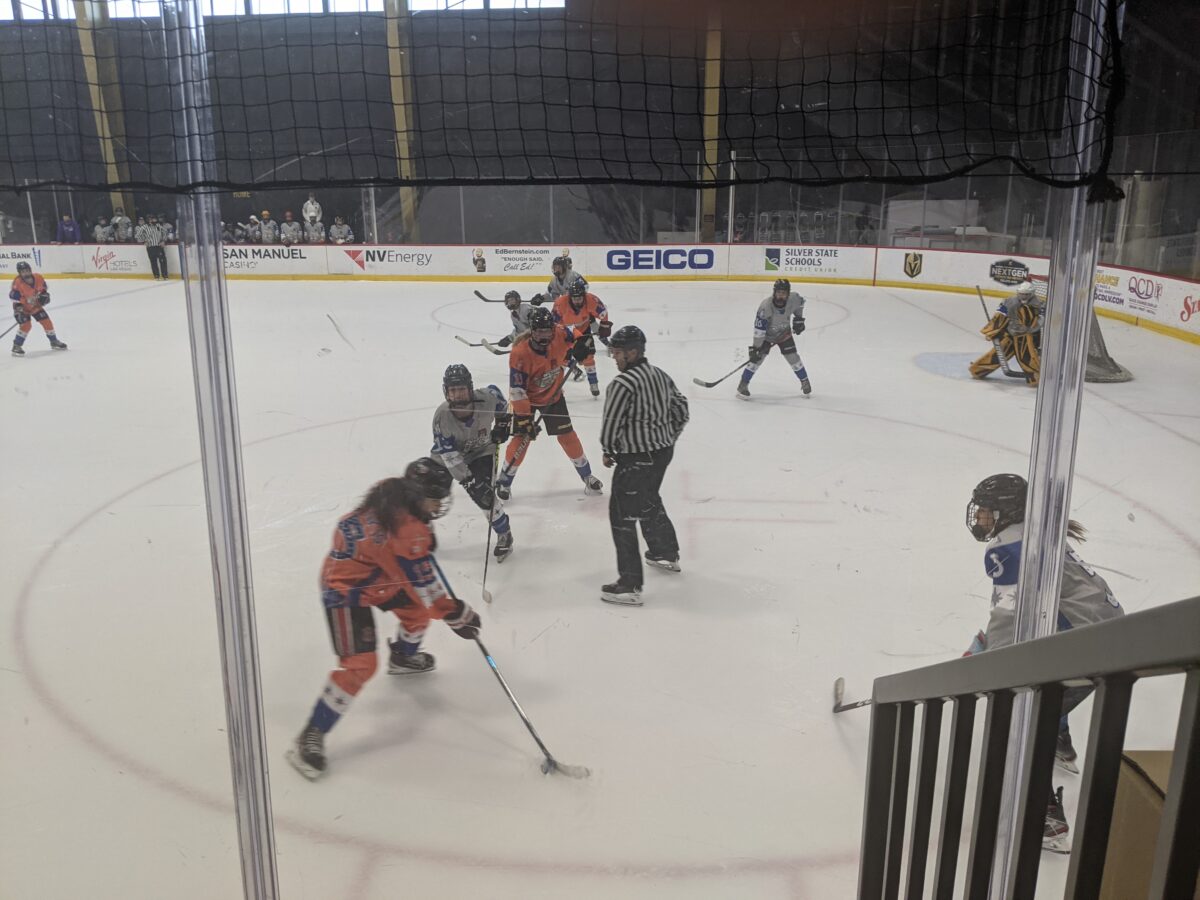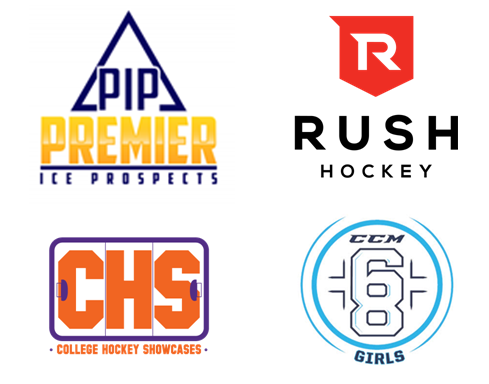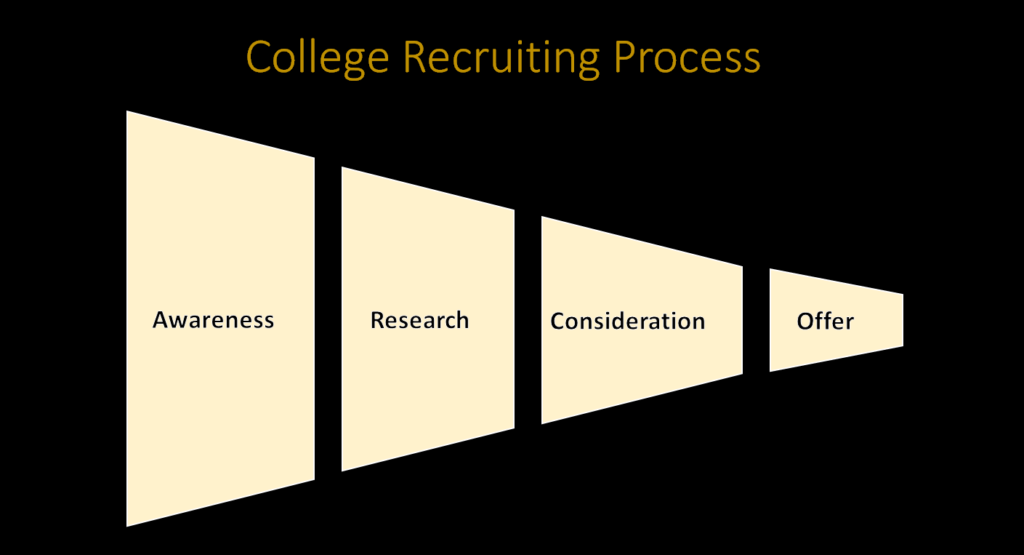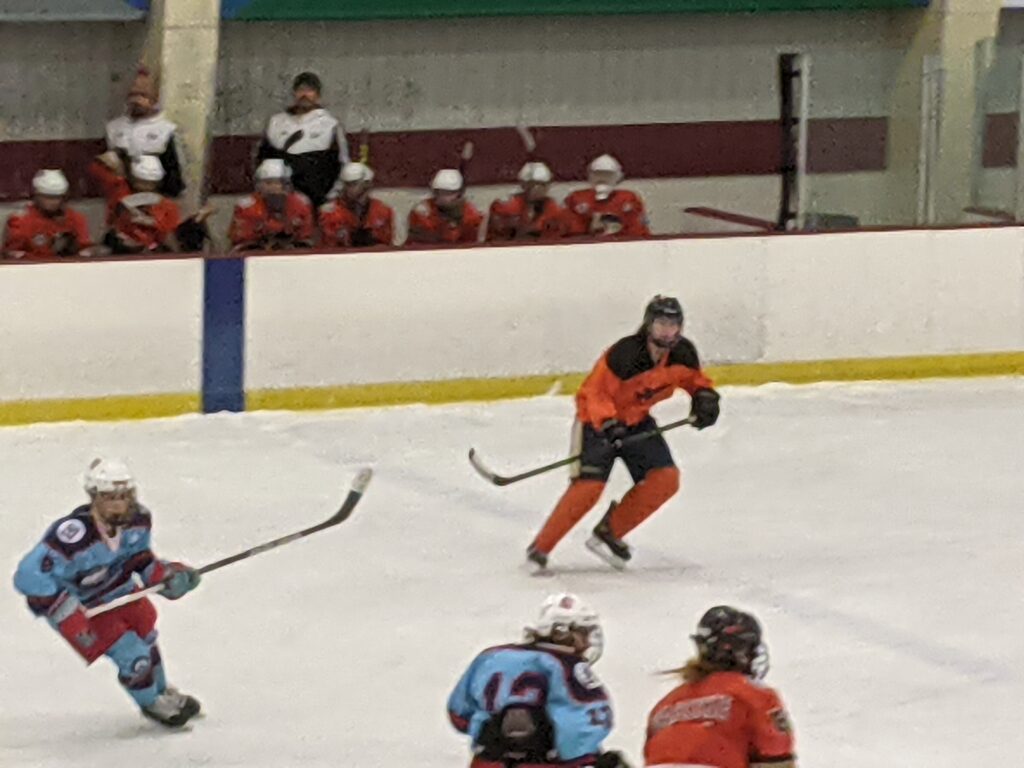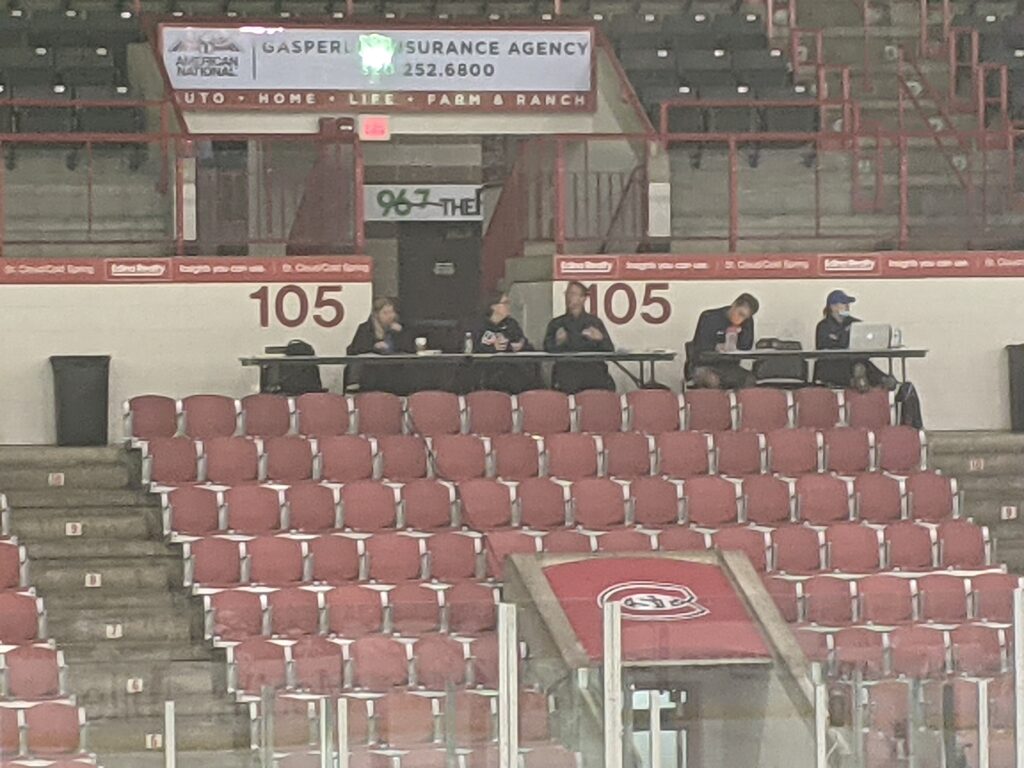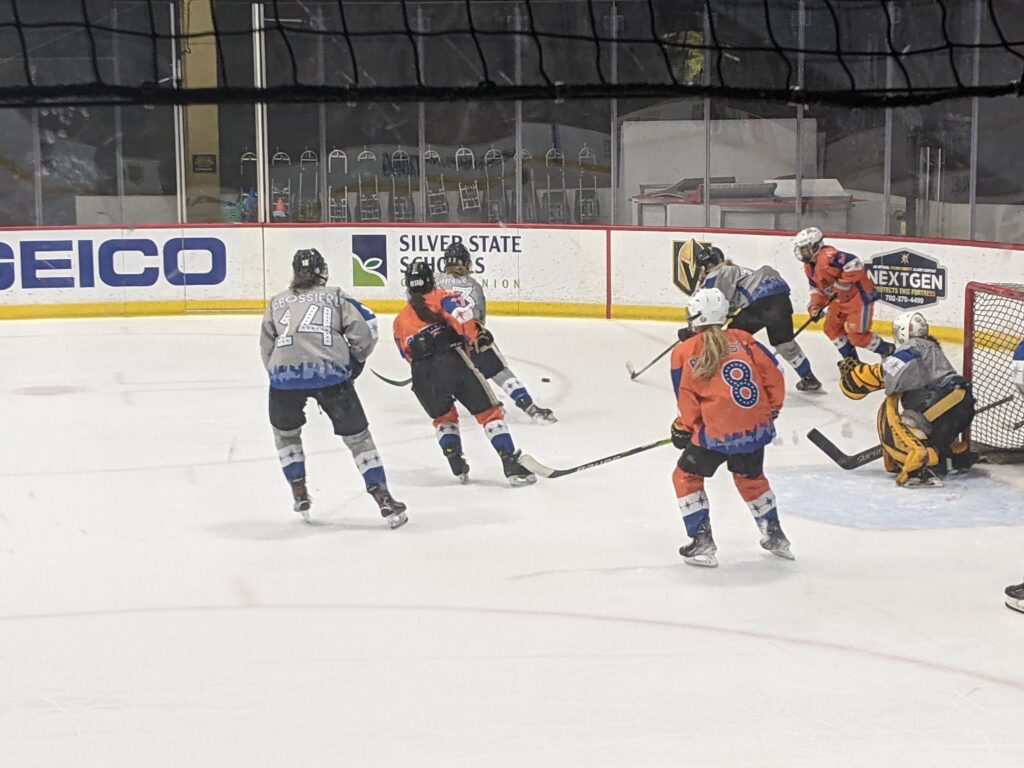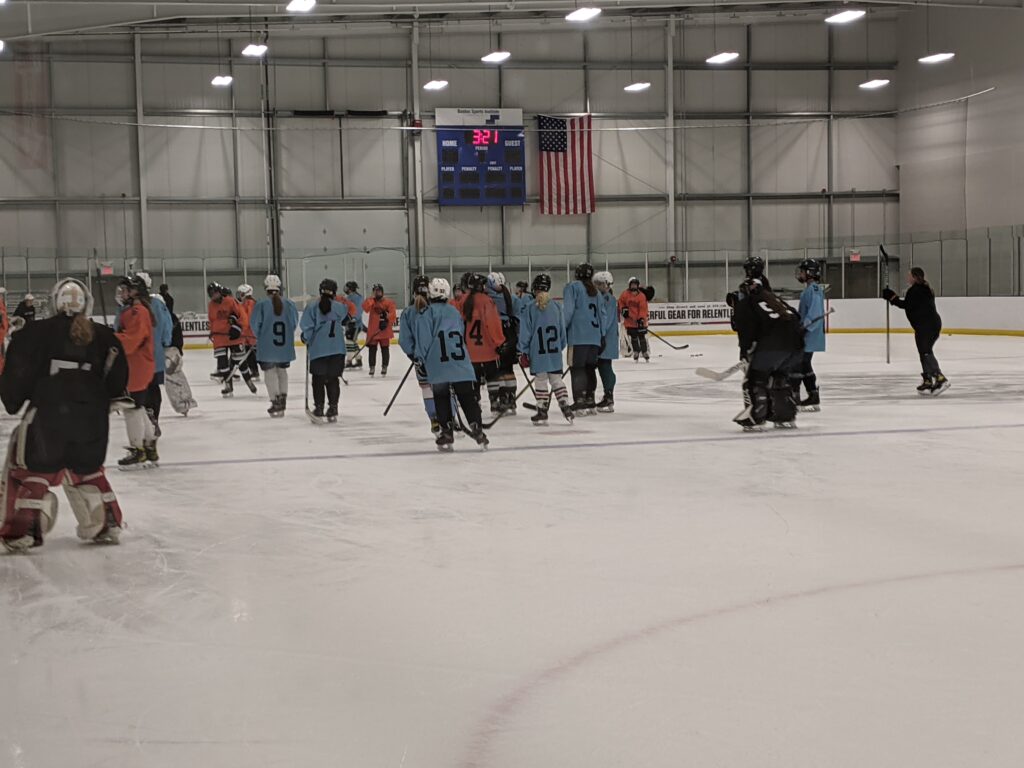I’ve been asked a few times recently about which showcases to attend in 2022. While I am not the expert on all showcases and which ones to attend, here are a variety of thoughts I have on the subject:
Showcases are just one type of event to be included in your college recruiting strategy. Other events such as spring/summer tournaments (e.g. Beantown Classic) , USA Hockey selects process (districts & nationals) and college-sponsored camps are some others. Here is the current list we’ve compiled on our 2022 Girls Hockey Event Calendar.
What’s your why?
Therefore, the first question I would ask is “What are your goals for attending the showcase?”. If you are just going to an event for fun, to get ice time or play with friends – then it really shouldn’t matter which showcase you attend. If you are using these events for development purposes, then as long as the player is receiving reasonable time of on ice-development with college-level coaches, then the specific event is less important. However, if you are going specifically to be seen by college coaches, how does it fit in with the women’s college hockey recruiting process that schools follow when engaging with prospective recruits?
As with many recruiting questions, the answer to which showcases to attend is…“it depends”. Specifically, as was told to me very early in this process, each player’s journey is a unique one, so it all relates to their specific situation.
Here are the three key questions I would use to develop a point-of-view…
1. Where are you in the recruiting process?
Are you before or after the rising junior (i.e. just finished sophomore year of high school) June 15th deadline when you can talk to coaches directly? If before, then your goal is really just to get on the radar of college coaches – basically get your name added to their tracking list. If after, would coaches at the event help your relationship or improve your visibility with them?
2. How good is your player?
Based on what you know and the feedback you’ve received from you player’s coaches, how does the player compare to their peers? Are they one of the best for their age in the country (e.g. attended one of the USA Hockey National Camps or play on a highly rated team)? Have they been the best player on most of the teams they’ve played on? Are they likely to have to decide between a lower ranked DI team vs a highly ranked DIII school? Or are they just an average player on an average team? Being realistic on where the player might fit into the DI/DIII range of teams would be helpful.
3. Which schools does the player have the most interested in?
Assuming those schools are a real possibility of tracking the player, then those events would be at the top of the list. If you haven’t narrowed down any schools and don’t have a preference yet, then do some research into which hockey programs and academic majors/departments overlap for the player’s interests. Also, location, school size and financial means are additional factors to consider.
Focus, focus, focus
If you are eligible (or close enough) to talk directly with coaches, then being very focused on your shortlist of targeted schools is key. I would recommend 3-5 schools on that list. The better the player, the more targeted you can be with the schools you believe you have a realistic chance of the college reciprocating the interest.
Most coaches state that they use showcases to help put players on their radar and to start tracking them. The typical evaluation by coaches takes place during the regular season with their fall/winter teams. Thus, many college coaches have told me they don’t need to see a player more than once or twice at showcases. Watching them 5 or 6 times over the spring/summer becomes redundant since the player rarely shows significant development in such a short period of time. However, not all coaches/schools attend every event – so it is tempting to go to at least 3 or 4 showcases/tournaments to cover all your bases.
Which coaches will be attending?
Given the above, which tournaments have the schools attending their events which best line-up with target teams? For example, the OHD Camp in Nashville has very different coaches from the PIP Boston Showcase. Finding the right match of events and coaches can be a little tricky.
Smaller can be better
From my experience last summer, for a player who is not allowed to officially talk to schools yet, the best showcases were the smaller ones (with 6 or less teams of players – ~100 attendees or so). This way the player can have meaningful on-ice and on-the-bench conversations with coaches and to create direct relationships with them. Some showcases have dozens of teams other just a handful.
Finally, this summer, for my daughter, we are prioritizing school-specific camps and the USA Hockey selects camp process over showcases and tournaments. Her unique journey has her focusing on her development this summer as she prepares to attend a hockey academy this fall. Since she will be “seen” quite a bit next year during the “regular season”, she can narrow her target this spring/summer on a small number of schools.
DIII Recruiting
One last thought…you will almost always see DIII coaches at most of these events. Usually from schools that are a reasonable distance from the event site (due to travel costs). Once again, depending on your situation, location matters for DIII recruiting at showcases.
